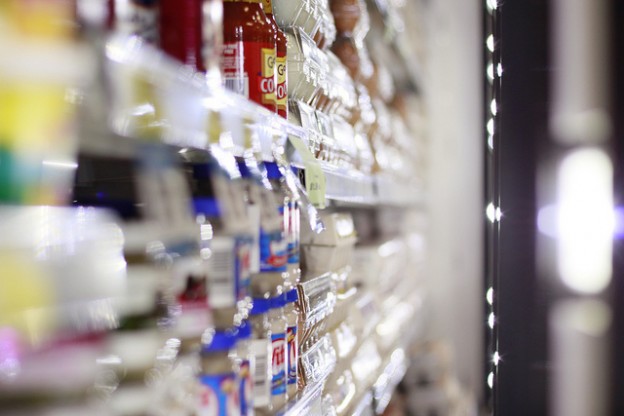A trip to the store can be a real chore. Jostling for parking spaces, screaming kids and grumpy shoppers can make the weekly shop a pain. This can be even worse if you are diabetic and struggling with low blood sugar levels. All too often we go shopping without a coherent plan in mind. We may have a list or some idea of the basics that we require but frequently we get carried away by our cravings. So here is some useful planning advice:
Decide in advance what you’re going to eat all week and list all the necessary ingredients. Make a different list containing all the non-edible items like cat food, toilet rolls and cleaning fluid. Avoid buying these at the supermarket where they can be more expensive and go instead to your local discount store. Avoid peak times if you need to concentrate. Try to shop when there are fewer crowds or take someone with you to help out.
Before going shopping, check your blood sugar levels and treat yourself if necessary. If your blood sugar levels are already too high you will be more tempted to give in to cravings while if your blood sugar levels are too low you will find the whole experience more daunting. You should make sure you permit yourself to have a few treats however. If you stick entirely to healthy items you may find that you don’t use them whereas allowing yourself a couple of unhealthy items the experience will be more enjoyable.
Before exploring the inner part of the store, walk the perimeter. While this area is more expensive, it is also where the wholesome food like fresh vegetables and meat is located. Always check the expiry dates of products and choose ones that are not going to expire imminently. You may notice that many products are marked with various health claims that can be confusing but here are some helpful definitions:
- Low calorie requires there to be under 40 calories per serving.
- Low cholesterol products must have under 20 milligrams per serving and under 2 grams of saturated fat.
- Reduced must mean that there is no more than 25% less calories or of the particular nutrient than in the standard version of the product.
- Good source of provides at least 10 to 19% of the recommended amount of the specified nutrient.
- Calories free must have under 5 calories per serving.
- Low sodium must supply under 140 milligrams of sodium.
- High in must have more than 20% of the daily recommended allowance of that nutrient.
Never be taken in by advertising. Always read packaging and be aware of the way food labels should be read. As you are not a qualified nutritionist, make a list of any pertinent questions to raise with your dietician at your next appointment. You should always avoid shopping for food when you are hungry as you are likely to make poor choices.
Remember that a dietician is not the same thing as a nutritionist. Dieticians have extra qualifications in order to be permitted to use this title. A dietician has studied food, nutrition and biology in depth and knows how the body processes foods. They also are aware of how different nutrients affect medical conditions. You should always talk to your health professional before trying a new diet or food trend to see how it may affect your treatment.


